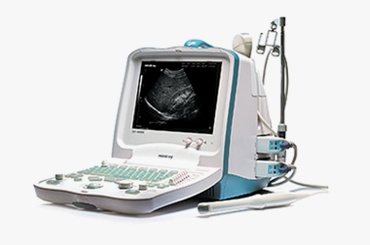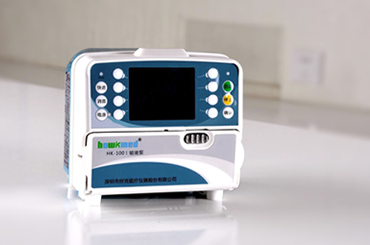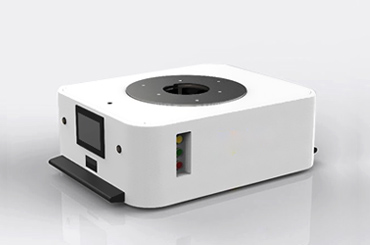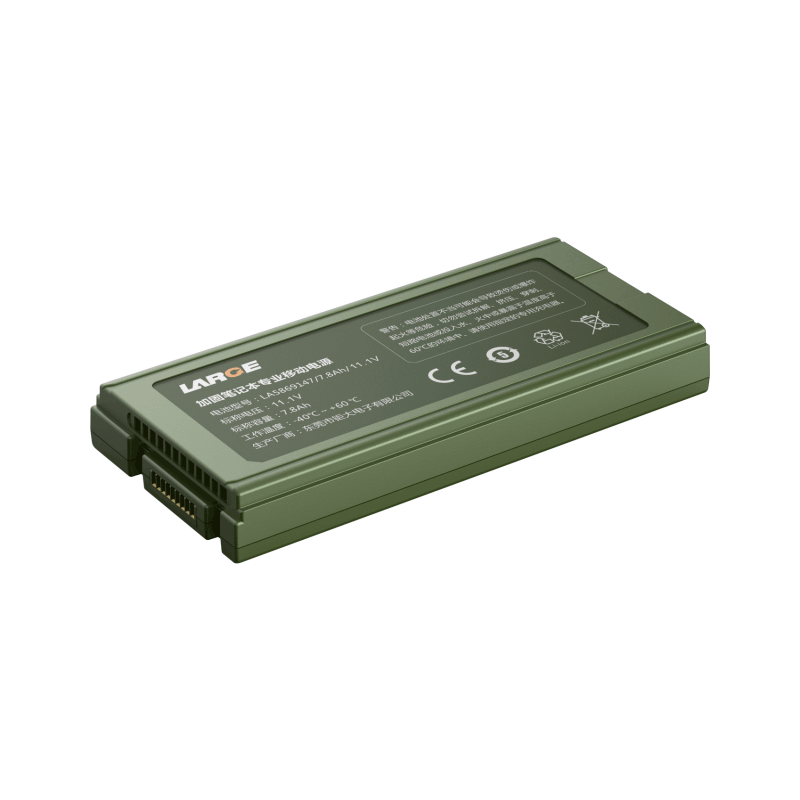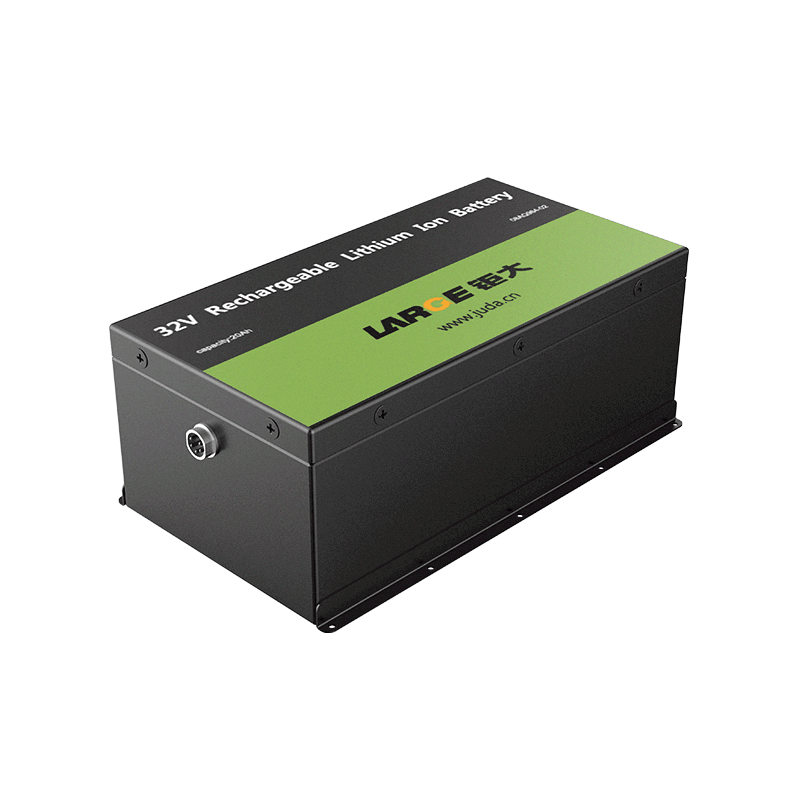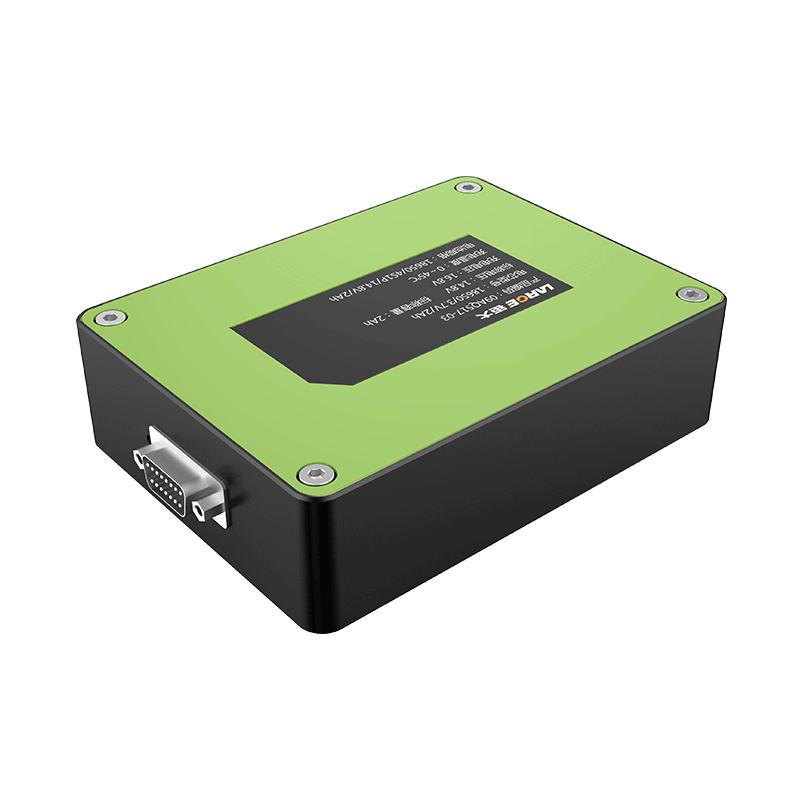-
Key Takeaways
-
Part 1: The Science Behind Low-Temperature Lithium Batteries+
- 1.1 How Lithium-Ion Batteries Operate
- 1.2 The Role of Temperature in Electrochemical Reactions
- 1.3 Impact of Cold Weather on Anode, Cathode, and Electrolyte
- 1.4 Why Ion Mobility and Conductivity Decrease in Low Temperatures
-
Part 2: Challenges of Low Temperatures for Lithium-Ion Batteries+
- 2.1 Reduced Energy Density and Output
- 2.2 Increased Internal Resistance and Energy Loss
- 2.3 Long-Term Degradation of Battery Cells
- 2.4 How Cold Weather Affects EV Performance and Other Applications
-
Part 3: Technological Advancements for Low-Temperature Lithium Batteries+
- 3.1 Thermal Management Systems for Battery Packs
- 3.2 Preconditioning Techniques to Improve Performance
- 3.3 Material Innovations: Electrolytes and Electrodes
- 3.4 Designing Lithium-Ion Batteries for Extreme Environments
-
FAQ+
- 1. How do low-temperature lithium batteries differ from standard lithium-ion batteries?
- 2. What industries benefit most from low-temperature lithium batteries?
- 3. Can preconditioning improve the performance of low-temperature lithium batteries?
How Low Temperatures Affect Lithium Battery Performance
May 14, 2025 Pageview:1855
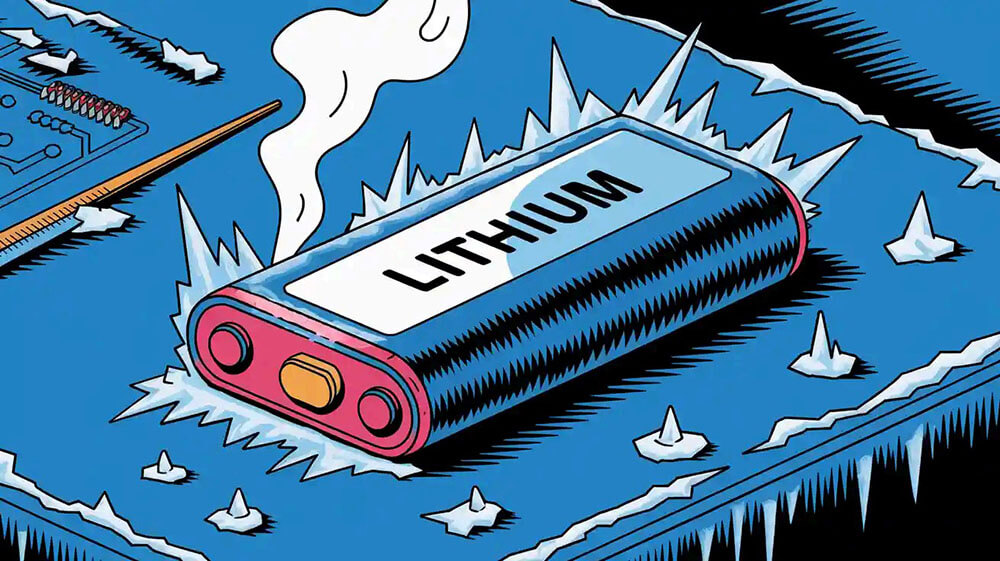
Low temperatures pose significant challenges to Low Temperature Li-ion Battery' performance. At -20°C, these batteries function at only 50% of their normal capacity. Below 0°C, increased internal resistance limits power delivery and reduces energy efficiency. These issues are particularly critical for industries like medical devices, robotics, and instrumentation devices, where reliable energy output is essential.
Key Takeaways
Cold weather can lower lithium battery power by 50% at -20°C. This affects important tools like medical devices and robots.
Using heat control systems keeps batteries at good temperatures. This lowers resistance and makes batteries last longer in the cold.
Warming batteries before use can make them work better. It helps ions move faster and saves energy.
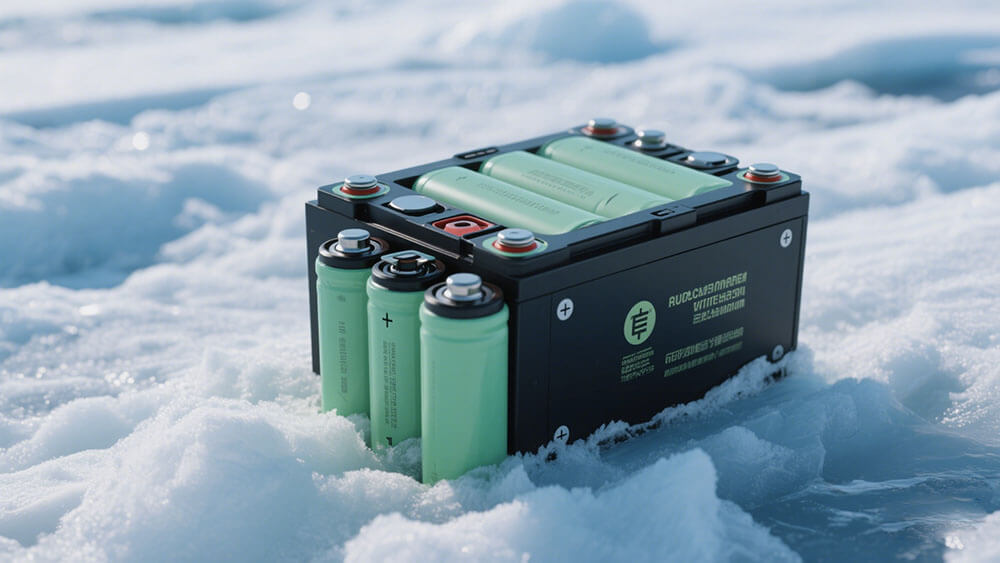
Part 1: The Science Behind Low-Temperature Lithium Batteries
1.1 How Lithium-Ion Batteries Operate
Lithium-ion batteries function through the movement of lithium ions between the anode and cathode during charge and discharge cycles. The electrolyte facilitates this ion transfer, while the separator prevents direct contact between the electrodes. This electrochemical process generates energy, which powers devices ranging from handheld instrumentation to industrial robotics. The efficiency of this process depends on several factors, including the battery's design, materials, and operating conditions. For instance, NMC lithium batteries, with an energy density range of 160–270 Wh/kg, are widely used in applications requiring high energy output and long cycle life. However, the performance of these batteries can vary significantly under different temperature conditions.
1.2 The Role of Temperature in Electrochemical Reactions
Temperature plays a critical role in the electrochemical performance of lithium-ion batteries. At optimal temperatures, typically around 25°C, the electrolyte maintains its fluidity, enabling efficient ion transport. However, as temperatures drop, the electrolyte's viscosity increases, reducing ion mobility and slowing down the electrochemical reactions. This phenomenon directly impacts the battery's capacity and discharge rate. Research published in the Journal of Power Sources highlights that low temperatures can lead to a significant reduction in battery activity and discharge capacity, with potential long-term damage to the battery's performance.
1.3 Impact of Cold Weather on Anode, Cathode, and Electrolyte
Cold weather affects each component of a lithium-ion battery differently. The anode experiences reduced lithium-ion intercalation, while the cathode's ability to release lithium ions diminishes. The electrolyte, being temperature-sensitive, undergoes a change in its physical properties, leading to decreased ion conductivity. A study analyzing the performance of lithium-ion batteries at -25°C found that the electrolyte's altered properties significantly impede lithium-ion movement, slowing down electrochemical reaction kinetics. This degradation in performance is particularly concerning for applications like medical devices, where consistent energy output is critical.
1.4 Why Ion Mobility and Conductivity Decrease in Low Temperatures
At low temperatures, the reduced ion mobility and conductivity in lithium-ion batteries stem from changes in the electrolyte's properties. The liquid electrolyte becomes more viscous, limiting the movement of lithium ions between the electrodes. This reduction in ion mobility decreases the electrochemical reaction rate, leading to a drop in the battery's overall performance. Additionally, the formation of a thicker solid electrolyte interface (SEI) layer at low temperatures further hinders ion transport. Empirical data shows that at -25°C, the capacity decay of lithium-ion batteries increases due to these factors, emphasizing the need for advanced materials and designs to enhance low-temperature performance.
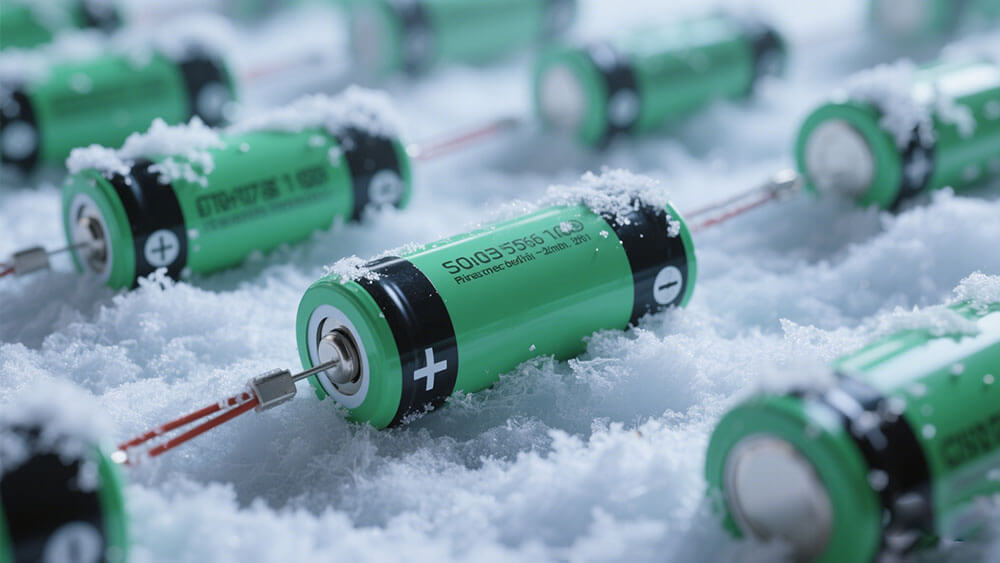
Part 2: Challenges of Low Temperatures for Lithium-Ion Batteries
2.1 Reduced Energy Density and Output
Low temperatures significantly impact the energy density and output of lithium-ion batteries. In extreme cold, the electrochemical performance of these batteries diminishes due to slower ion movement and reduced reaction rates. For instance, a Panasonic 18650 Li-ion cell retains only 66% of its energy density at -20°C and drops to a mere 5% at -40°C when charged and discharged at slow rates (<0.1 C). This severe capacity degradation poses challenges for applications requiring consistent power, such as electric vehicles and medical devices. The global low-temperature battery market, valued at USD 8.5 billion in 2023, is projected to grow to USD 15.2 billion by 2032, driven by the demand for solutions that maintain performance in cold climates.
2.2 Increased Internal Resistance and Energy Loss
Cold temperatures increase the internal resistance of lithium-ion batteries. This occurs due to sluggish ion mobility and heightened resistance within the electrolyte and electrodes. As a result, energy loss becomes more pronounced, reducing the battery's ability to deliver current effectively. Studies show that all battery types experience increased resistance in cold weather, with lithium-ion batteries being particularly affected. This challenge underscores the importance of advanced battery thermal management systems to mitigate energy loss and maintain efficiency in low-temperature environments.
2.3 Long-Term Degradation of Battery Cells
Operating in a low-temperature environment accelerates the long-term degradation of lithium-ion battery cells. Repeated exposure to cold weather can lead to the formation of a thicker solid electrolyte interface (SEI) layer, which hinders ion transport and reduces rechargeable storage capacity. Over time, this degradation shortens the battery's lifespan, impacting its reliability in critical applications like robotics and instrumentation devices. Preconditioning features, such as controlled heating before operation, can help mitigate these effects and extend battery life.
2.4 How Cold Weather Affects EV Performance and Other Applications
Electric vehicles face significant challenges in cold weather. Battery capacity can drop by 20-30% in winter due to less effective chemical reactions. This reduction affects vehicle acceleration, charging efficiency, and overall range. Automakers are addressing these issues by developing battery thermal management systems, which include heating elements and liquid cooling solutions to keep EV batteries warm. These innovations ensure consistent performance and long battery life, even in sub-zero temperatures. Beyond EVs, low-temperature LIBs are critical for applications like surveying instruments and handheld devices, where reliable energy output is essential.
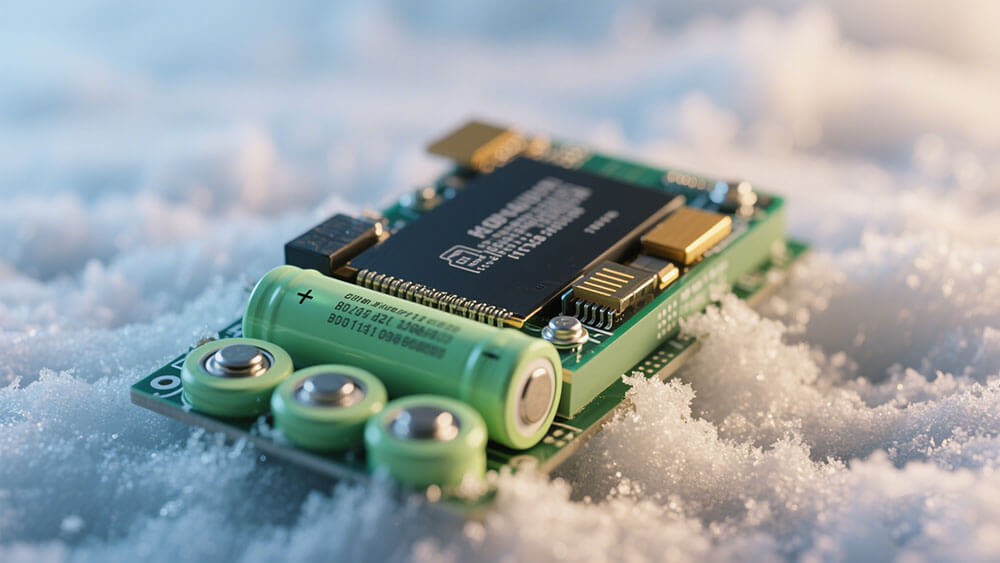
Part 3: Technological Advancements for Low-Temperature Lithium Batteries
3.1 Thermal Management Systems for Battery Packs
Thermal management systems play a pivotal role in enhancing the low temperature performance of lithium-ion batteries. These systems regulate the battery's operating temperature, ensuring optimal electrochemical performance even in sub-zero conditions. Advanced designs, such as liquid cooling and cobweb-like cooling channels, have proven effective in minimizing temperature fluctuations within battery packs.
These innovations are particularly beneficial for applications like electric vehicle battery packs, where consistent energy output is critical. By maintaining a stable temperature, these systems reduce internal resistance and energy loss, thereby extending the battery's lifespan and improving its range.
3.2 Preconditioning Techniques to Improve Performance
Preconditioning techniques, such as controlled heating, significantly enhance the low temperature performance of lithium-ion batteries. These methods involve warming the battery to an optimal operating temperature before use, thereby improving ion mobility and reducing internal resistance.
For instance, preconditioning features in electric vehicle battery systems allow for efficient charging and discharging even in extreme cold. This ensures reliable performance and minimizes capacity degradation over time. Industries relying on low-temperature lithium batteries, such as robotics and surveying instruments, benefit greatly from these advancements. Preconditioning not only improves immediate performance but also mitigates long-term degradation, making it a cost-effective solution for maintaining battery reliability.
3.3 Material Innovations: Electrolytes and Electrodes
Material innovations have revolutionized the design of low-temperature lithium batteries. Researchers have developed advanced electrolytes with lower viscosity and higher ionic conductivity, enabling better ion transport at low temperatures. Similarly, modifications in electrode materials, such as the use of nanostructured cathodes, have enhanced electrochemical performance under extreme conditions.
The article discusses various challenges faced by lithium-ion batteries in low-temperature environments, including capacity reduction and poor transfer kinetics. It outlines innovative design strategies such as modifications in cathodes and electrolytes to enhance performance under extreme conditions.
These advancements are crucial for applications requiring consistent energy output, such as medical devices and instrumentation devices. By improving the fundamental materials, manufacturers can produce batteries with higher energy density and longer cycle life, even in harsh climates.
3.4 Designing Lithium-Ion Batteries for Extreme Environments
Designing lithium-ion batteries for extreme environments involves integrating advanced technologies and materials to withstand severe conditions. Innovative systems, such as the Integrated Photovoltaic and Battery (IntPB) system, have demonstrated remarkable performance in extreme cold.
The study presents an Integrated Photovoltaic and Battery (IntPB) system that allows for testing lithium-ion batteries at extreme temperatures, demonstrating their ability to charge and discharge effectively even at -105 °C and -120 °C, which is crucial for applications in extreme environments.
The research highlights the performance of innovative lithium-ion batteries in extreme temperatures, showing that the IntPB system can charge/discharge at capacities of 30 mAh g⁻¹ at -105 °C, indicating the potential for effective energy storage in harsh environments.
These designs are particularly valuable for special applications, such as aerospace and polar expeditions, where conventional batteries fail to perform. By leveraging cutting-edge technologies, manufacturers can ensure that low-temperature LIBs meet the demands of these challenging environments, providing reliable energy storage and delivery.
Low temperatures significantly hinder lithium-ion battery performance by slowing chemical reactions, reducing ion mobility, and increasing internal resistance. You can address these challenges through advancements like thermal management systems and innovative materials. Future technologies, such as solid-state batteries and enhanced designs for low-temperature lithium batteries, promise to revolutionize energy storage in extreme environments.
FAQ
1. How do low-temperature lithium batteries differ from standard lithium-ion batteries?
Low-temperature lithium batteries are engineered to operate efficiently in sub-zero conditions. They use advanced electrolytes and materials to maintain performance and reduce capacity loss in extreme cold.
2. What industries benefit most from low-temperature lithium batteries?
Industries like medical devices , robotics, and instrumentation devices rely on these batteries for consistent energy output in cold environments.
3. Can preconditioning improve the performance of low-temperature lithium batteries?
Yes, preconditioning techniques, such as controlled heating, enhance ion mobility and reduce internal resistance, ensuring reliable performance in applications like surveying instruments and handheld devices from Large Power.
Leave Message
Hottest Categories
-
Hottest Industry News
-
Latest Industry News




